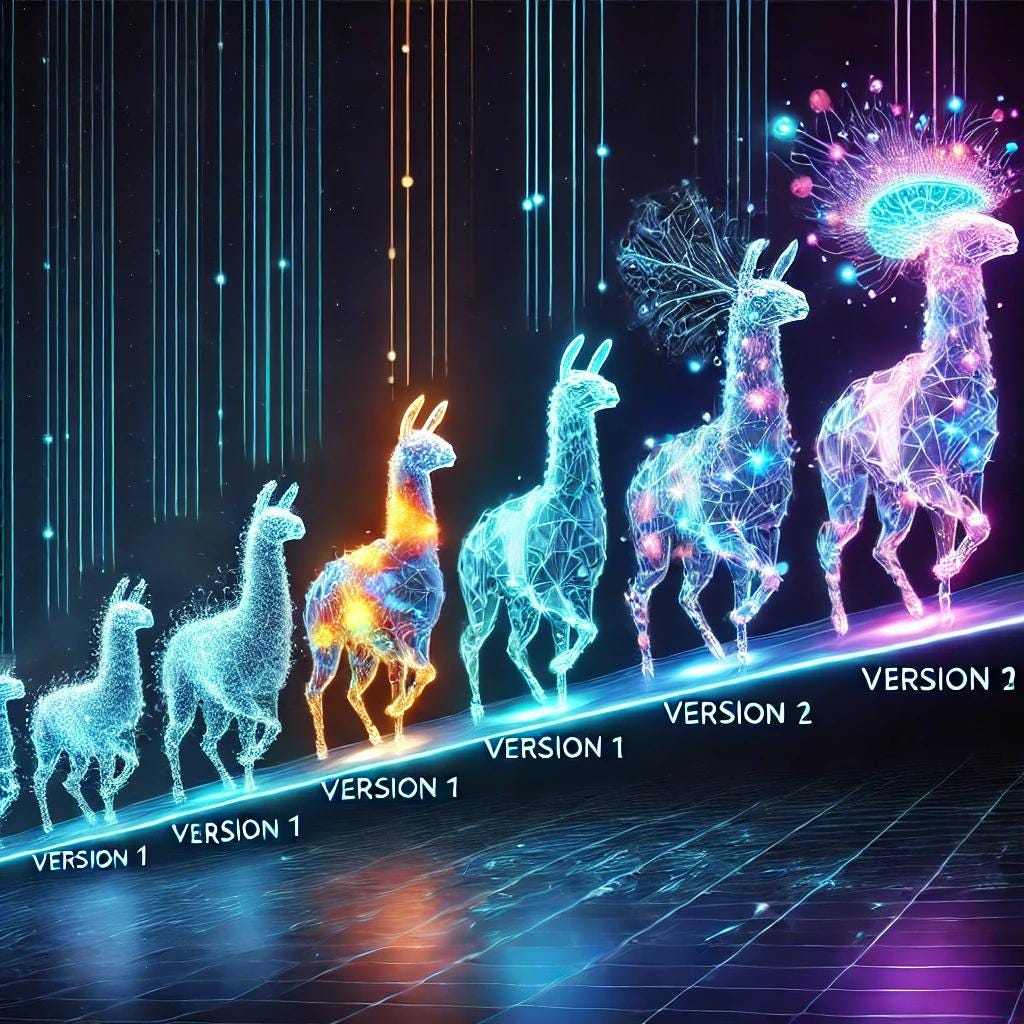Llama Stack Series: An Introduction to the Llama Stack
The Llama Stack is a revolutionary toolset designed by Meta to reshape how developers build AI-powered applications. It’s not just another development tool—it’s a game-changer that combines simplicity and power, making the creation of complex, intelligent systems easier than ever before. For developers who’ve been navigating the complex landscape of AI development, the Llama Stack promises to simplify everything with its modular design, bringing together all the necessary tools in one package.
This blog post is the first in a series where we will explore the Llama Stack, why it’s so groundbreaking, and how it’s set to transform the world of AI. Today, we’ll give you a high-level overview of what the Llama Stack is, why Meta created it, and why it’s the future of AI development.
A Brief History of Llama Models
The journey to the Llama Stack began with the evolution of Llama models themselves. Starting with Llama 1, Meta has been refining and optimizing its language models to meet the needs of developers and organizations across the globe. With each new release—Llama 2, Llama 3, and now Llama 3.2—these models have become faster, more efficient, and more capable. These models are trained to understand human language, perform tasks, and even generate content.
With Llama 3.2, Meta reached a new level, pushing the boundaries of what AI can do by introducing not only improved model performance but also a suite of development tools to make working with these models easier. This brings us to the Llama Stack.
What Makes the Llama Stack Unique?
The Llama Stack stands out because it isn’t just about model performance—it’s about empowering developers to build intelligent apps faster and more efficiently. Here are the key features that make it revolutionary:
One-Stop-Shop for AI Development: Instead of having to gather different tools from various places, the Llama Stack provides all the building blocks in one place. Developers no longer need to waste time integrating tools that don’t fit seamlessly together.
Modularity: One of the core strengths of Llama Stack is its modular approach. Developers can pick and choose which parts of the stack to use, whether it’s APIs, libraries, or specific tools. This flexibility allows for projects of any size or scope to benefit from the Stack.
Agentic Capabilities: This is where the Llama Stack truly shines. It allows developers to create agentic applications—AI-powered tools that can act autonomously. Imagine a virtual assistant that not only answers questions but also schedules meetings, orders supplies, or interacts with other systems without constant human input.
Core Components Overview
The Llama Stack is built on three main pillars, each of which is crucial to making AI development faster and more powerful:
APIs: The stack provides a range of APIs that developers can use to interact with the Llama models easily. These APIs help apps understand natural language, generate responses, and perform tasks based on user input.
Libraries: The Llama Stack integrates libraries that are compatible with popular development environments like PyTorch. This makes it easy for developers to get up and running quickly without needing to reinvent the wheel.
Agentic System API: This API allows for the creation of apps that can think and act on their own. Whether it’s retrieving information, making decisions, or executing tasks, the Agentic System API is designed to make building intelligent systems easier than ever.
The Llama Stack is poised to change the landscape of AI development by providing everything developers need to build powerful, autonomous apps—all in one place. Whether you’re creating a chatbot or a complex AI agent, the Llama Stack simplifies the process, making it faster and more efficient.
Stay tuned for Day 2, where we’ll dive deeper into why Meta created the Llama Stack and how it’s addressing the challenges developers face in building AI applications.





